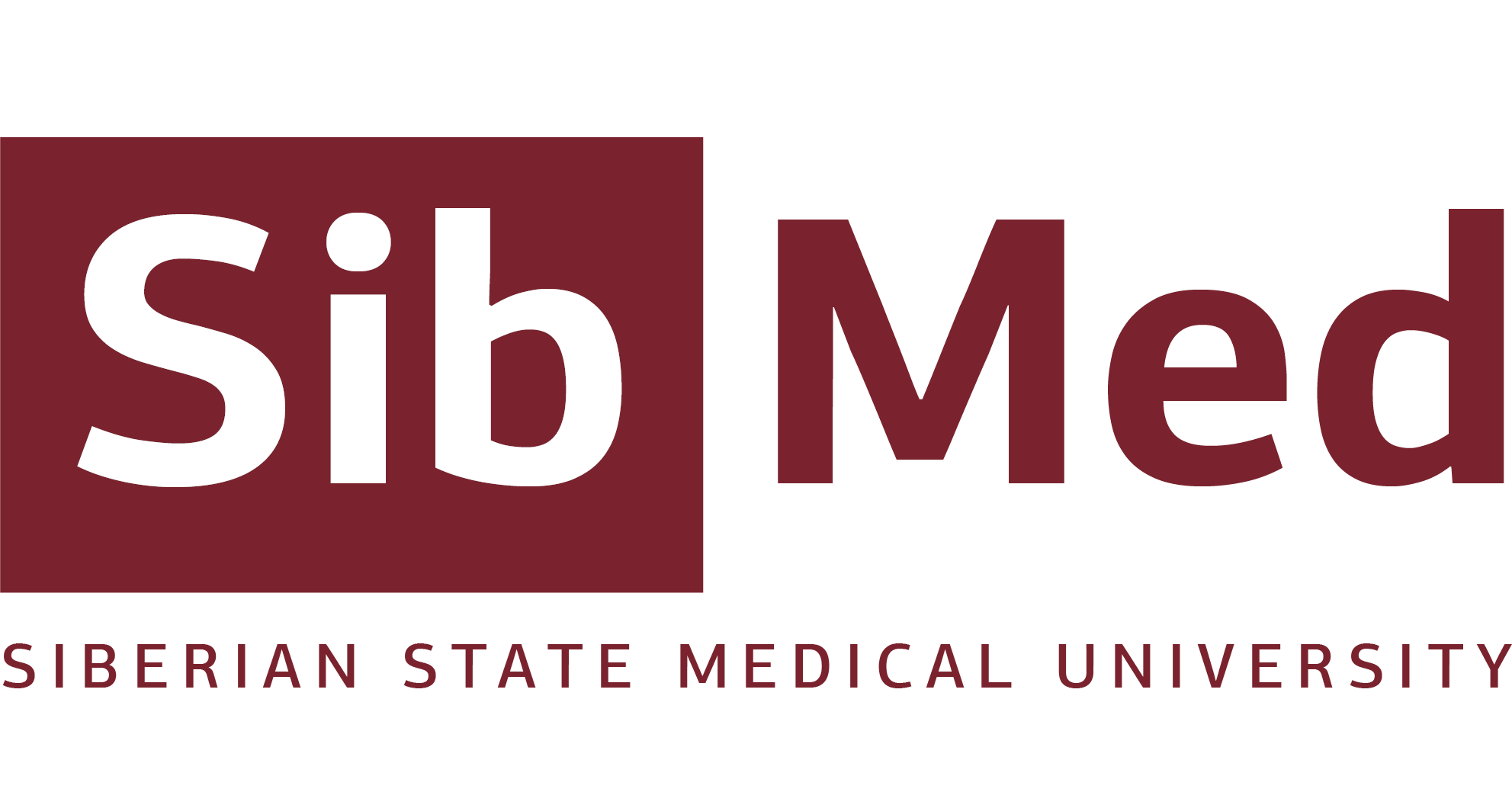History
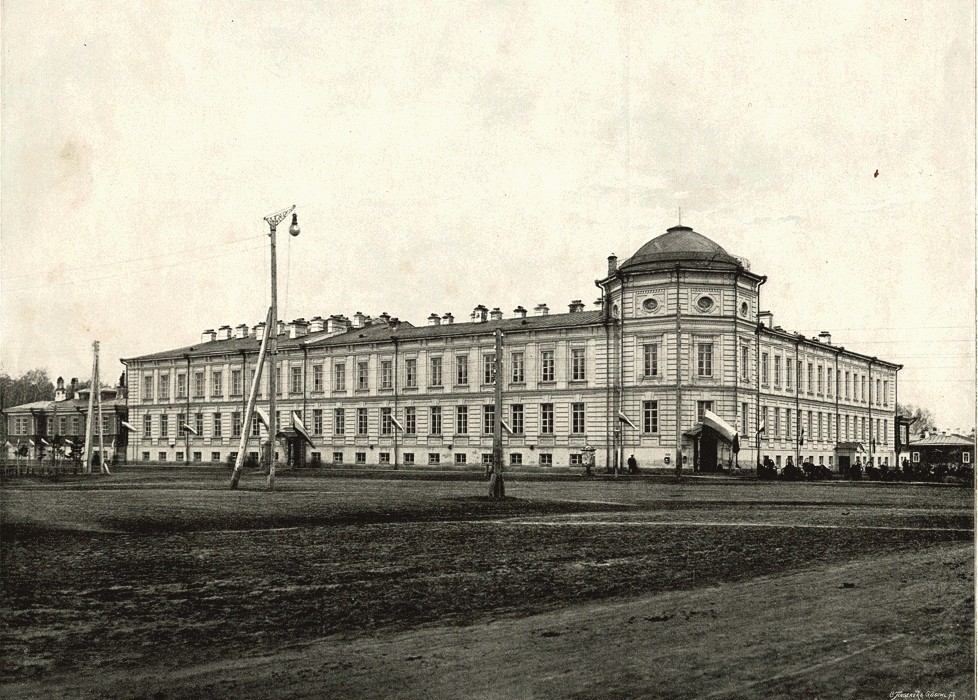 Siberian State Medical University (SibMed) is one of the oldest and the most authoritative medical education institution in Russia. It was founded in May 16, 1878 by the decree of the Emperor Alexander II as Imperial University in Tomsk. Back at a time Imperial University in Tomsk consisted of only one faculty, namely Faculty of Medicine, and it was the only education institution in Asian part of Russia.
Siberian State Medical University (SibMed) is one of the oldest and the most authoritative medical education institution in Russia. It was founded in May 16, 1878 by the decree of the Emperor Alexander II as Imperial University in Tomsk. Back at a time Imperial University in Tomsk consisted of only one faculty, namely Faculty of Medicine, and it was the only education institution in Asian part of Russia.
In March 1880, a construction committee was set up. It was led by the Tomsk governor V.I. Mertsalov. The construction project was designed by the architect A.K. Bruni. It took almost eight years while the construction work was completed. The grand opening of the University took place in July 22, 1888.
Right from the start the University was organized as a center for scientific and educational activities. Outstanding Russian scientists from Moscow, St. Petersburg and Kazan such as N.A. Gesekhus, S.I. Zalessky, N.M. Maliev, A.S. Dogel, A. M. Zaitsev, S.I. Korzhinsky, E.A. Leman and N.F. Kashchenko laid down the necessary foundation to develop quality medical education and research in Tomsk. Siberia was regarded as “terra incognita” for young scientists who were looking for new knowledge and experience. Tomsk was a lab where it was possible to test the most daring ideas in practice, lay the foundation for individual scientific schools and new fields of study.
The University had the right to confer the degree of Doctor of Medicine. During the pre-revolutionary period 37 people out whom 27 were graduates of the University Faculty of Medicine defended their thesis to receive the degrees. Many of them became professors later.
To ensure learning and research activities for students and teachers, the Main Library was opened. In 1888, there were collected 96 thousand books. Many books at that time were donated to the library. Part of the collection was obtained by the library itself for its own expenses. A lot resources were devoted to medical topics.
In 1888 began the construction of faculty clinics and a pavilion for the infectious barracks. The work was completed in 1892. Later, a hygiene building (1893) and a clinical outpatient clinic (1902) were built. In 1906, the Institute of Bacteriology was opened. Next year, using architect Guta’s design, was finished three-floored building that was taken by the Institute of Anatomy. Also, architect Guta is very well known for his contribution in setting up one of the best anatomy museums’ in Russia.
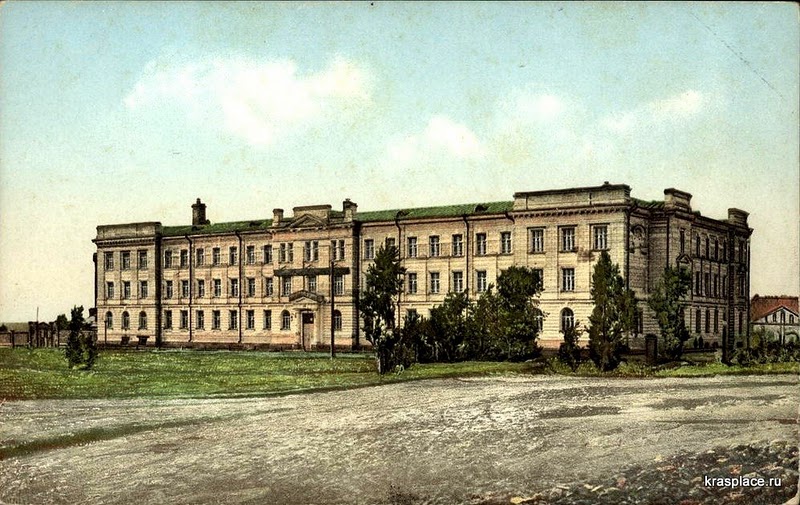 In 1908, a hospital was opened. It was located outside the University campus. A major role in the hospital foundation was played by the professor P.I. Tikhov (director of clinics since 1903) and then the University rector, professor V.V. Sapozhnikov. The University hospital was the second hospital of its kind in Russia. One of the first Russian x-ray laboratories (1897) was opened in the Therapeutic Clinic. For this reason, the first x-ray machine was purchased.
In 1908, a hospital was opened. It was located outside the University campus. A major role in the hospital foundation was played by the professor P.I. Tikhov (director of clinics since 1903) and then the University rector, professor V.V. Sapozhnikov. The University hospital was the second hospital of its kind in Russia. One of the first Russian x-ray laboratories (1897) was opened in the Therapeutic Clinic. For this reason, the first x-ray machine was purchased.
The first cohort that graduated the Faculty of Medicine consisted of 34 students, of whom 31 graduates held tests in the state commission and were awarded the degree of a general practitioner or general practitioner with honors.
Tomsk Medical Institute 1930 – 1991
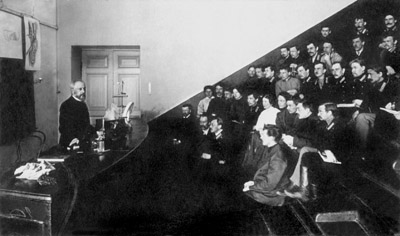 By the Decree of the Council of People's Commissars of the R.S.F.S.R. dated November 5, 1930, the Faculty of Medicine and re-opened Faculty of Sanitation and Hygiene were separated of Tomsk Imperial University into an independent university - Tomsk State Medical Institute. Later the Institute was named after V.M. Molotov. The Institute was a merger of three faculties, namely, the Faculty of Medicine, the Faculty of Sanitation and Hygiene and the Faculty of Maternity. The latter was closed in 1932. The first director for the Institute became A.V. Shirshov, who previously worked as the head of the Tomsk Regional Health Department. The Institute consisted of 28 departments including 155 persons of teaching staff (22 professors and more than 30 associate professors).
By the Decree of the Council of People's Commissars of the R.S.F.S.R. dated November 5, 1930, the Faculty of Medicine and re-opened Faculty of Sanitation and Hygiene were separated of Tomsk Imperial University into an independent university - Tomsk State Medical Institute. Later the Institute was named after V.M. Molotov. The Institute was a merger of three faculties, namely, the Faculty of Medicine, the Faculty of Sanitation and Hygiene and the Faculty of Maternity. The latter was closed in 1932. The first director for the Institute became A.V. Shirshov, who previously worked as the head of the Tomsk Regional Health Department. The Institute consisted of 28 departments including 155 persons of teaching staff (22 professors and more than 30 associate professors).
On April 27, 1936, in the Institute was organized a scientific student society that revived the traditions of the pre-revolutionary Pirogov society. The charter was drawn up, the board was elected, sections and circles at the departments were created. The charter recorded the main goals and objectives facing the scientific and medical society: “... facilitating the training of high-qualified doctors and scientists by widely familiarizing students with the achievements of scientific and medical thought ... developing their interest in independent research and skills acquisition...” Tomsk Medical Institute provided advisory, organizational and methodological assistance to all medical institutions in the city and village. In 1935, Tomsk Medical Institute work resulted in its awarding by the order of the NKZ of the R.S.F.S.R. as institution having high performance rates in research. With separate orders were awareded the following professors: S.A. Adamov, N.V. Vershinin, A.A. Opokin and A.G. Savinykh.
On the eve of World War II, 2421 students studied at the Institute. The Institute consisted of 2 faculties (medicine and sanitation and hygiene), 40 departments and 17 clinics with 700 beds. There was also a blood transfusion station, a vivarium with 1200 laboratory animals, 3 museums, a library with 150 thousand books. The total area of educational and scientific units was about 30 thousand m2.
During the war the staff and students took an active part in treatment of soldiers in Tomsk and on the battle fields.
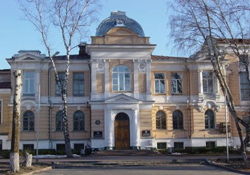 In 1945, the Tomsk Medical Institute already included 5 faculties (medicine and sanitation and hygiene, dental, pediatrics and pharmacy). Student groups began to replenish due to demobilized soldiers. On September 1, 1945, about 2,400 students started studying at the Institute. In the years 1945-1950 about half of the students were former soldiers. Some of them continued their studies in graduate schools.
In 1945, the Tomsk Medical Institute already included 5 faculties (medicine and sanitation and hygiene, dental, pediatrics and pharmacy). Student groups began to replenish due to demobilized soldiers. On September 1, 1945, about 2,400 students started studying at the Institute. In the years 1945-1950 about half of the students were former soldiers. Some of them continued their studies in graduate schools.
In the 80s, 5 large research institutes were created in Tomsk (oncology, cardiology, mental health, medical genetics, pharmacology), which currently form the Tomsk Scientific Center of the Siberian Branch of the Russian Academy of Medical Sciences. In 2002, the Institute of Perinatology, Obstetrics and Gynecology was added to the merger.
Siberian State Medical University after 1992
Today, SibMed is one of the three best medical universities in Russia. It is regarded as the best non-capital medical university in Russia, and also the absolute leader in the number of state funded placements among medical universities in the Asian part of Russia. In 2015, the Siberian State Medical University became the first medical university in Russia to be accredited by the Skolkovo Technology Park. Since 2017, SibMed has obtained the status of the only medical flagship university in Russia.
